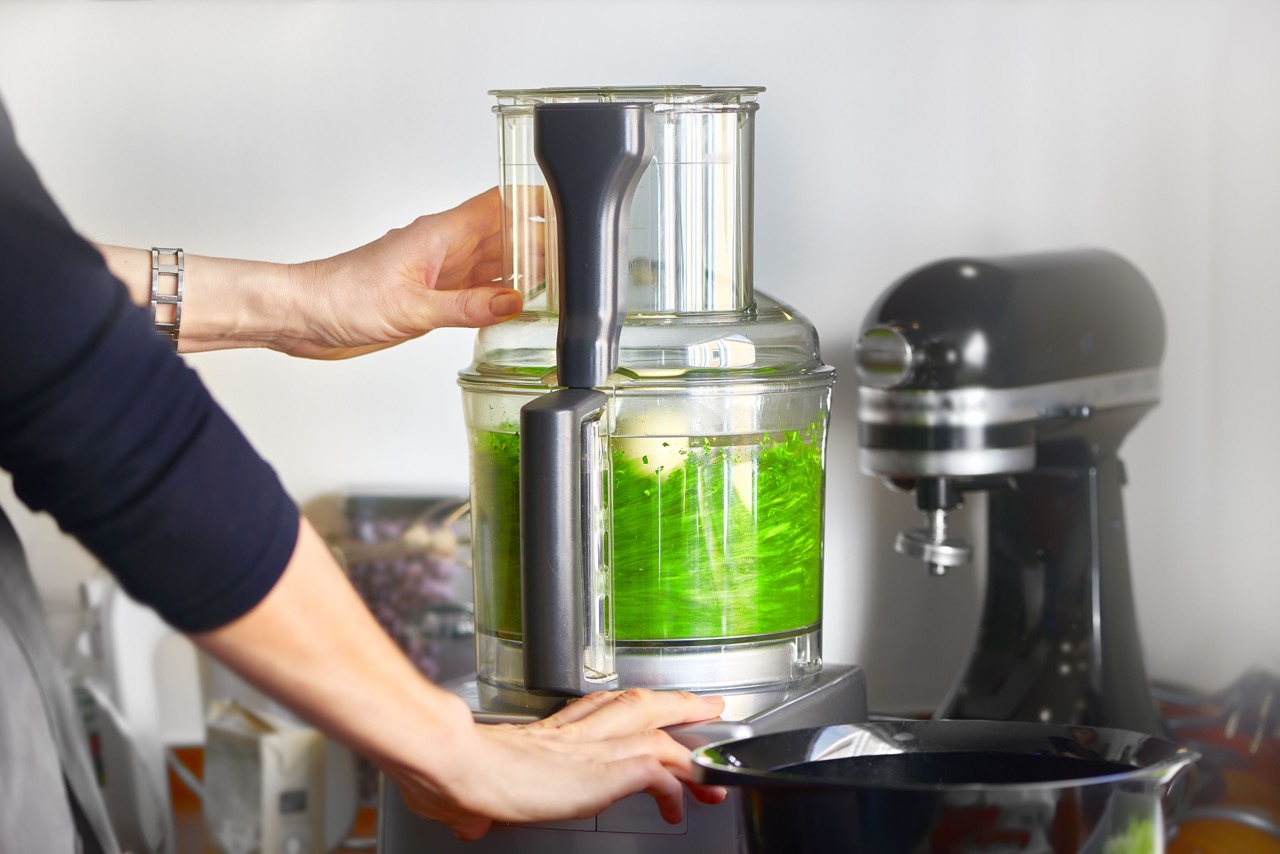

Articles
What Is A Food Processor?
Modified: October 27, 2024
Discover everything you need to know about food processors in our informative articles. Get expert tips and advice on selecting the perfect food processor for your kitchen.
(Many of the links in this article redirect to a specific reviewed product. Your purchase of these products through affiliate links helps to generate commission for Storables.com, at no extra cost. Learn more)
Introduction
A food processor is a versatile kitchen appliance that has revolutionized the way we prepare food. Whether you’re a professional chef or a home cook, a food processor can be an invaluable tool that saves time and effort in the kitchen. It can perform a wide range of tasks, from chopping and slicing to pureeing and kneading. In this article, we will explore what a food processor is, how it works, its common uses, advantages, and limitations.
Imagine spending hours chopping vegetables, mixing dough by hand, or grinding ingredients into a fine paste. With a food processor, these tasks become effortless and time-efficient. It is a powerful and efficient kitchen appliance that simplifies food preparation, giving you more time to enjoy the cooking process and spend with your loved ones.
Now, let’s delve deeper into the world of food processors and uncover their secrets. You’ll soon discover why this appliance has become a staple in modern kitchens worldwide.
Key Takeaways:
- A food processor is a versatile kitchen appliance that simplifies food preparation by chopping, slicing, pureeing, and kneading ingredients. It saves time, offers consistency, and enhances creativity in the kitchen.
- While a food processor has limitations such as size, noise, and texture control, it remains a valuable tool for both professional chefs and home cooks. Understanding its components and functions can unlock its full potential.
Read more: Food Processor What To Look For
Definition of a Food Processor
A food processor is a multifunctional kitchen appliance designed to perform a variety of food preparation tasks. It is equipped with a motorized base that houses a powerful motor. The motor powers various attachments, such as blades, discs, and bowls, which work together to process food.
The main purpose of a food processor is to simplify and expedite the process of food preparation. It can chop, slice, grate, shred, puree, blend, and knead a wide range of ingredients, from fruits and vegetables to nuts and grains. Unlike a blender or a mixer, which are designed for specific tasks, a food processor offers versatility and efficiency in one compact appliance.
Most food processors consist of a bowl, a lid with a feed tube, and a motorized base. The bowl is typically made of durable plastic or stainless steel and is available in various sizes. The lid fits securely on top of the bowl, preventing any splashing or spilling during operation. The feed tube, located in the lid, allows you to add ingredients while the processor is running.
Inside the bowl, you’ll find an assortment of interchangeable blades and discs. These attachments can be easily installed and removed to suit your specific needs. The blades are responsible for chopping, mixing, and pureeing, while the discs are used for slicing and shredding.
Overall, a food processor is a versatile tool that can save you time and effort in the kitchen. It is designed to streamline the food preparation process and make it more convenient for you to create a wide range of dishes. Whether you’re a professional chef or a home cook, a food processor is a valuable companion in the culinary world.
Components of a Food Processor
A food processor consists of several key components that work together to make food preparation easier and more efficient. Understanding these components will help you navigate and utilize your food processor effectively. Let’s take a closer look at the main components.
1. Motorized Base: The motorized base is the foundation of the food processor and contains the motor that powers the appliance. It is usually made of durable plastic or metal and houses the control buttons or knobs for operating the processor.
2. Bowl: The bowl is a detachable container where ingredients are placed for processing. It is typically made of high-quality plastic or stainless steel and comes in various sizes to accommodate different batch sizes. The bowl is designed with measurement markings for added convenience.
3. Lid: The lid fits securely onto the top of the bowl and helps to prevent any splattering or leakage during operation. It usually has a wide feed tube that allows for easy addition of ingredients while the processor is running. The lid also houses safety mechanisms, such as interlocking features, to ensure safe operation.
4. Blade or S-Shape Cutter: The blade or S-shape cutter is the primary attachment responsible for chopping, mixing, and pureeing. It is typically made of stainless steel and is designed with sharp edges to efficiently process food. The blade is mounted on a spindle that connects to the motor and rotates to perform the desired function.
5. Discs: Food processors often come with interchangeable discs that are used for slicing, shredding, and grating. These discs are made of metal and have different patterns or sizes to produce various thicknesses or textures of ingredients. They are easily attached and detached from the food processor.
6. Pusher: The pusher is a small tool that helps push ingredients down the feed tube and into the bowl while the processor is in operation. It ensures that all ingredients are processed evenly and effectively.
7. Control Panel: The control panel is located on the motorized base and contains buttons or knobs to operate the food processor. It allows you to control the speed, pulse function, and other settings based on your specific needs and the type of food being processed.
8. Safety Features: Food processors are equipped with safety features to ensure safe operation. These may include interlocking mechanisms that prevent the appliance from operating unless the lid is properly secured. Some models also have non-slip feet to provide stability during use.
These various components work together harmoniously to create a functional and efficient food processor. Understanding how each component functions and interacts with the others will enable you to utilize your food processor to its fullest potential and make the most of its capabilities.
How Does a Food Processor Work?
A food processor is a versatile kitchen appliance that simplifies many tasks in the kitchen. Understanding how it works will help you harness its full potential and make the most of its capabilities. Let’s explore the inner workings of a food processor.
At its core, a food processor operates on a simple principle: the motor powers the blades or discs, which process the food. When you turn on the food processor, the motor in the base springs to life, generating rotational energy that is transferred to the attachments. This rotational energy is what allows the blades or discs to chop, slice, shred, or puree food.
When preparing ingredients, you start by placing them into the bowl of the food processor. The bowl is typically equipped with a locking mechanism that ensures secure attachment to the motorized base. Once the bowl is securely locked into place, you can place the desired blade, disc, or attachment on the spindle inside the bowl.
The blade sits at the bottom of the bowl and is responsible for chopping, mixing, and pureeing. When the motor is activated, the blade spins rapidly, slicing through the ingredients and reducing them to the desired consistency. It is important to note that the sharpness and design of the blade greatly influence the final result. Some food processors come with multiple blade options to cater to different types of processing requirements.
Similarly, discs are used for slicing, shredding, and grating. These discs are placed over the blade on the spindle and rotate at high speeds when the processor is in operation. The ingredients are pushed through the feed tube on the lid and pressed against the rotating disc, resulting in uniform slices, shreds, or grates.
Food processors also offer control over the speed and processing time. They typically have a control panel on the base that allows you to set the desired speed or use a pulse function. The speed options vary depending on the model and can be adjusted to suit different tasks. The pulse function provides short bursts of power, useful for achieving coarse textures or preventing over-processing.
In addition to the main processing attachments, food processors may include secondary tools like dough blades or emulsifying discs. These attachments are specifically designed for kneading dough or creating emulsions and can be used for tasks like making bread, pizza dough, or mayonnaise.
Overall, a food processor simplifies the tasks of chopping, slicing, shredding, and pureeing by providing a powerful and efficient motor that drives the blades or discs. By harnessing its functionality and experimenting with different attachments and settings, you can unlock a world of possibilities in the kitchen and streamline your food preparation process.
When using a food processor, be sure to pulse ingredients in short bursts to avoid over-processing. This will help you achieve the desired texture for your recipes.
Common Uses for a Food Processor
A food processor is a versatile kitchen tool that can be used for a wide range of culinary tasks. Its ability to quickly and efficiently process ingredients makes it a valuable asset in any kitchen. Let’s explore some of the common uses for a food processor:
- Chopping and Dicing: One of the primary uses of a food processor is for chopping and dicing ingredients. Whether it’s onions, garlic, herbs, or vegetables, a food processor can make quick work of these tasks. Simply add the ingredients to the bowl, process for a few seconds, and you’ll have perfectly chopped or diced ingredients.
- Slicing and Shredding: Food processors often come with slicing and shredding discs that allow you to easily slice or shred ingredients like cucumbers, carrots, or cheese. This is particularly useful when making salads, stir-fries, or gratins. The consistency and uniformity achieved through the food processor result in visually appealing and evenly cooked dishes.
- Pureeing and Blending: From smoothies to sauces, a food processor can quickly transform ingredients into a silky smooth texture. Whether it’s blending fruits for a refreshing beverage or creating a creamy tomato sauce, the powerful motor and sharp blades of a food processor are up to the task.
- Kneading Dough: Some food processors come with dough attachments specifically designed for kneading dough. This makes the task of making homemade bread, pizza dough, or pastry dough much easier and faster. The food processor’s motor and dough blade can handle the kneading process effortlessly, ensuring a consistent and well-developed dough.
- Making Dressings and Marinades: Food processors are excellent tools for quickly creating dressings and marinades. By combining the desired ingredients in the bowl and processing them, you can emulsify oils with vinegar or other liquids, creating perfectly blended dressings and marinades in a matter of seconds.
- Making Nut Butters and Nut Flours: If you’ve ever tried making homemade nut butter or nut flour by hand, you know it can be a time-consuming and labor-intensive process. A food processor simplifies this task by efficiently grinding nuts into smooth and creamy nut butters or turning them into fine nut flours that can be used in baking recipes.
These are just a few examples of the many uses for a food processor. Its versatility and efficiency in the kitchen make it a go-to tool for both professional chefs and home cooks. By harnessing the power of a food processor, you can save time and effort in the kitchen, allowing you to explore new recipes and create delicious meals with ease.
Read more: What Is The Best Food Processor
Advantages of Using a Food Processor
A food processor is a versatile and essential kitchen appliance that offers numerous advantages for the home cook and professional chef alike. Let’s explore some of the key advantages of using a food processor:
- Time-Saving: One of the greatest advantages of a food processor is its ability to save time in the kitchen. Tasks that would typically take a significant amount of time, such as chopping, slicing, or grating, can be accomplished in a fraction of the time with a food processor. This allows you to streamline your cooking process and spend more time enjoying your meal or with your loved ones.
- Efficiency and Consistency: Food processors offer consistent and efficient results. The powerful motor and sharp blades ensure that ingredients are processed evenly and uniformly. This consistency is particularly beneficial when making sauces, dressings, or baked goods, where the texture and blending of ingredients are crucial to the final outcome.
- Versatility: A food processor is a versatile tool that can perform a wide range of tasks. It can chop, slice, shred, puree, blend, and knead. This versatility eliminates the need for multiple appliances, saving valuable counter space and minimizing clutter in the kitchen. With a food processor, you have a single tool that can handle various culinary tasks.
- Control Over Texture: One of the advantages of using a food processor is the control it gives you over the texture of your ingredients. Whether you prefer a chunky salsa or a smooth puree, a food processor allows you to achieve the desired consistency by adjusting the processing time or using different attachments. You can customize the texture of your dishes to suit your personal preferences.
- Convenience: Food processors offer convenience in the kitchen. The feed tube and pusher make it easy to add ingredients while the processor is running, eliminating the need to stop and start the machine. Additionally, many food processor parts are dishwasher-safe, making cleanup a breeze and saving you valuable time and effort in maintaining the appliance.
- Creative Food Preparation: A food processor opens up a world of creative possibilities in the kitchen. From experimenting with different ingredient combinations to trying new recipes, a food processor can inspire you to explore new culinary horizons. It allows you to easily create homemade dips, spreads, soups, and so much more.
- Healthy Cooking: Using a food processor can contribute to healthier cooking. It enables you to prepare fresh ingredients quickly, encouraging you to opt for homemade meals rather than relying on processed foods. By controlling the ingredients that go into your dishes, you can make healthier choices and avoid preservatives and additives.
These advantages make a food processor an invaluable tool in the kitchen. It simplifies food preparation, saves time and effort, and allows for greater creativity and control over the cooking process. Whether you’re a seasoned chef or a home cook, a food processor can enhance your culinary experience and elevate your dishes to new heights.
Limitations of a Food Processor
While a food processor is a versatile and powerful kitchen appliance, it also has certain limitations that are important to be aware of. Understanding these limitations will help you make informed decisions about when and how to use a food processor. Let’s explore some of the common limitations:
- Size and Storage: Food processors can be bulky and take up valuable counter and storage space. Their size may make them less suitable for smaller kitchens or for those with limited storage options. It’s important to consider the available space in your kitchen before purchasing a food processor.
- Price: Food processors can vary in price range, but the more powerful and feature-rich models tend to be more expensive. It’s essential to find a balance between your budget and the features that meet your specific needs. It is worth considering the investment if you plan to use the food processor frequently.
- Complexity: Some food processors may have a steeper learning curve due to their multiple attachments and functions. It may take some time to familiarize yourself with the different blades, discs, controls, and attachments. However, once you have a good understanding, it becomes easier to maximize the potential of the appliance.
- Noisy Operation: Food processors can produce a significant amount of noise during operation. The powerful motor can generate a loud, mechanical noise, which may affect individuals who are sensitive to noise or disturb the peace in your kitchen environment. It is important to consider this factor if noise is a concern for you.
- Not Suitable for All Tasks: While a food processor can handle a wide range of tasks, there are certain food preparations that may not be suitable for it. For example, delicate tasks such as whisking or beating require a different tool like a hand mixer or stand mixer. It’s important to have a good understanding of the capabilities of your food processor and use alternative tools when necessary.
- Texture Control: While a food processor offers control over the texture of ingredients, it may not provide the same level of precision as manual techniques. Overprocessing can result in ingredients becoming too fine or pasty, which may not be desirable for certain dishes. It’s important to exercise caution and monitor the processing time to achieve the desired texture.
- Cleaning and Maintenance: Cleaning a food processor can sometimes be a bit time-consuming, especially when you have to disassemble and wash multiple parts. Additionally, certain attachments may require extra care to ensure they are thoroughly cleaned and dried to prevent any residual food buildup or damage. It’s important to carefully follow the manufacturer’s instructions for cleaning and maintenance.
Understanding the limitations of a food processor will help you manage your expectations and make the most out of this versatile kitchen appliance. Despite these limitations, a food processor remains a valuable tool that can greatly simplify and enhance your food preparation process.
Conclusion
A food processor is an essential kitchen appliance that offers numerous benefits and convenience in food preparation. It simplifies tasks such as chopping, slicing, shredding, and blending, saving you time and effort in the kitchen. With its versatile functionality, a food processor allows you to explore creative recipes and experiment with different ingredients.
Throughout this article, we have explored the definition, components, working principle, and common uses of a food processor. We have also discussed the advantages it offers, including time-saving, efficiency, versatility, and control over texture. However, it is important to consider the limitations of a food processor, such as its size and storage requirements, noise during operation, and the need for additional tools for certain tasks.
When using a food processor, it is important to take the time to familiarize yourself with its attachments and functions. By carefully selecting the right attachment and adjusting the processing time, you can achieve the desired results in terms of texture and consistency. Additionally, proper cleaning and maintenance of the food processor will ensure its longevity and optimal performance.
Whether you’re a professional chef or a home cook, a food processor can be a valuable investment in your kitchen. It offers convenience, time-saving, and versatility that can significantly enhance your cooking experience. By harnessing the power of a food processor, you can unleash your culinary creativity, save time on food preparation, and create delicious homemade meals for yourself and your loved ones.
So, consider incorporating a food processor into your kitchen arsenal and unlock a world of possibilities in your culinary endeavors!
Frequently Asked Questions about What Is A Food Processor?
Was this page helpful?
At Storables.com, we guarantee accurate and reliable information. Our content, validated by Expert Board Contributors, is crafted following stringent Editorial Policies. We're committed to providing you with well-researched, expert-backed insights for all your informational needs.
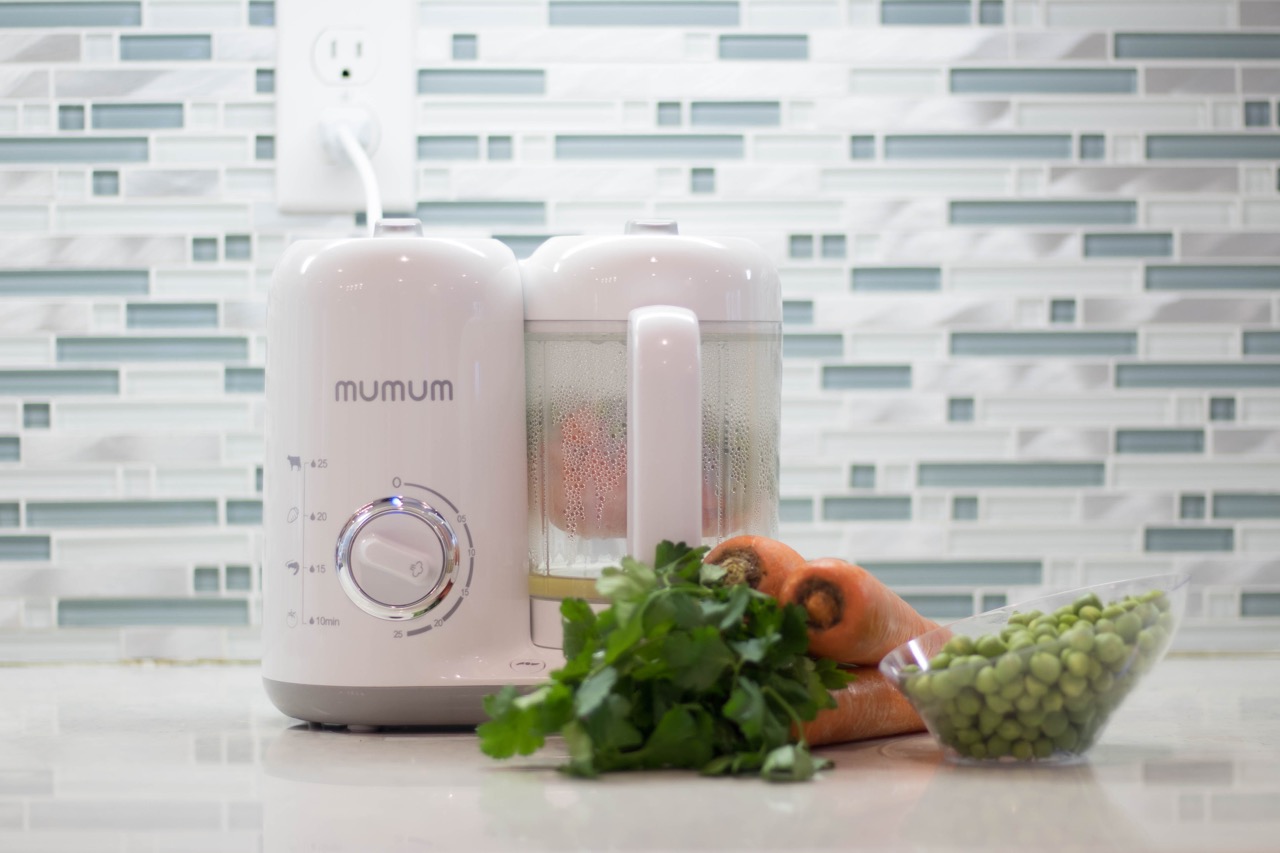
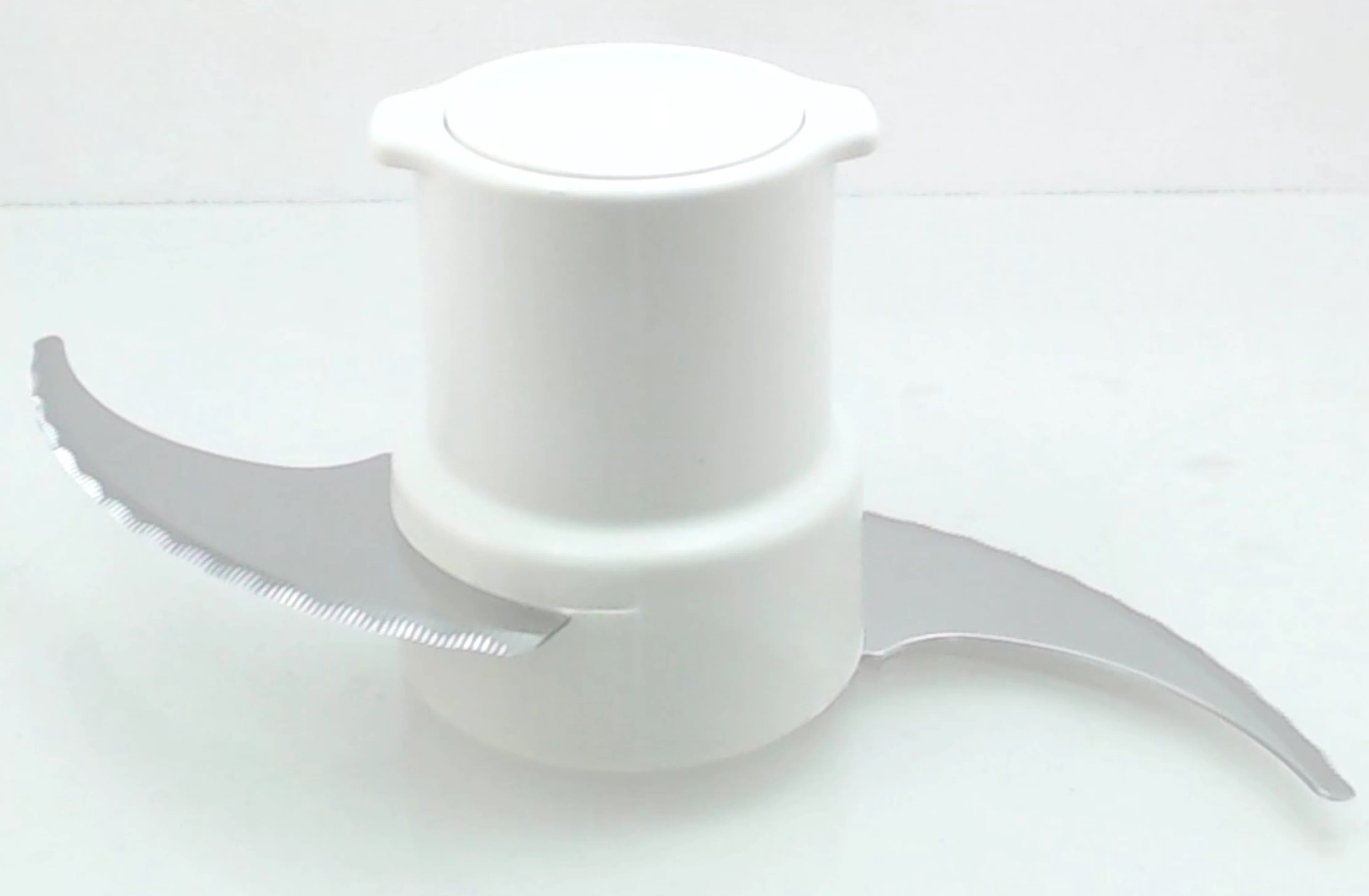
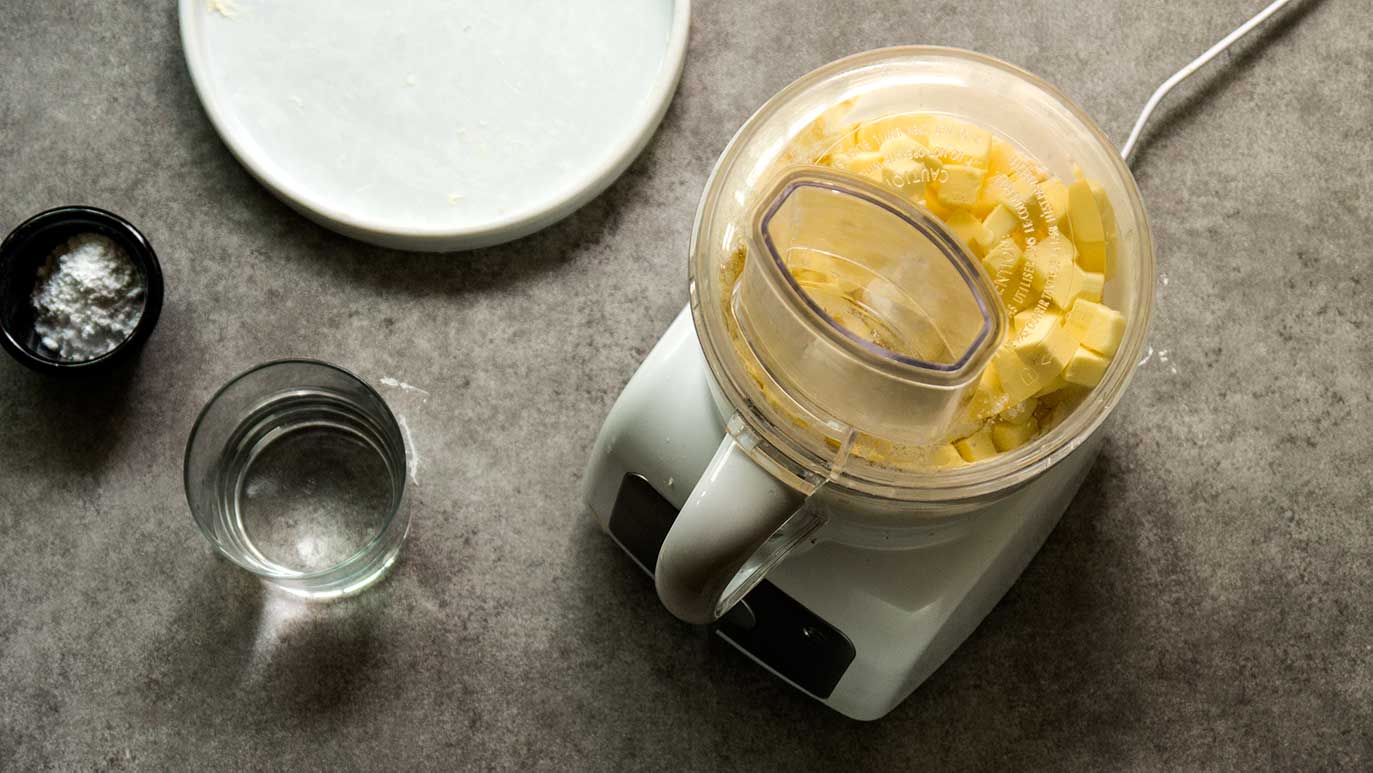
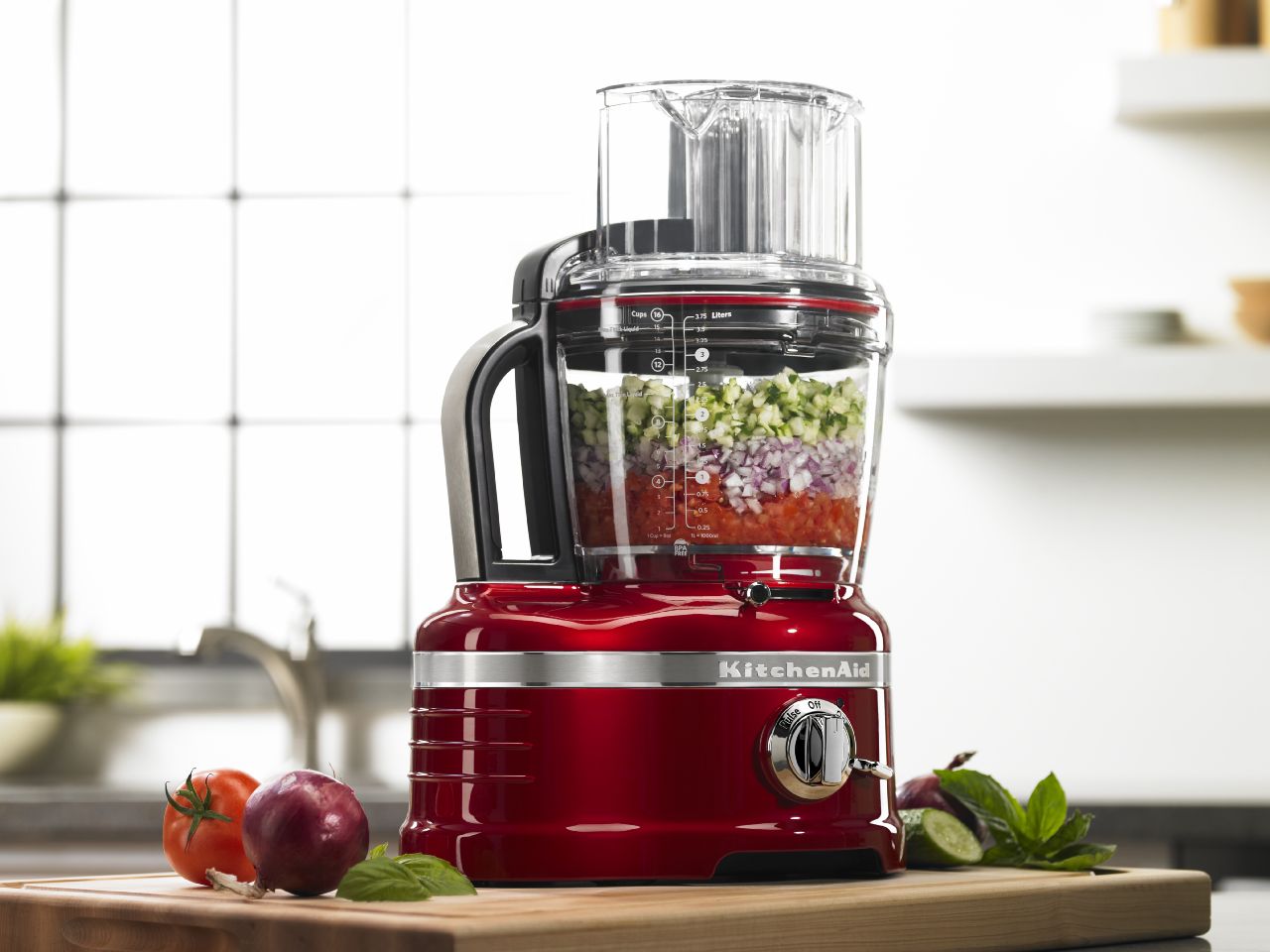

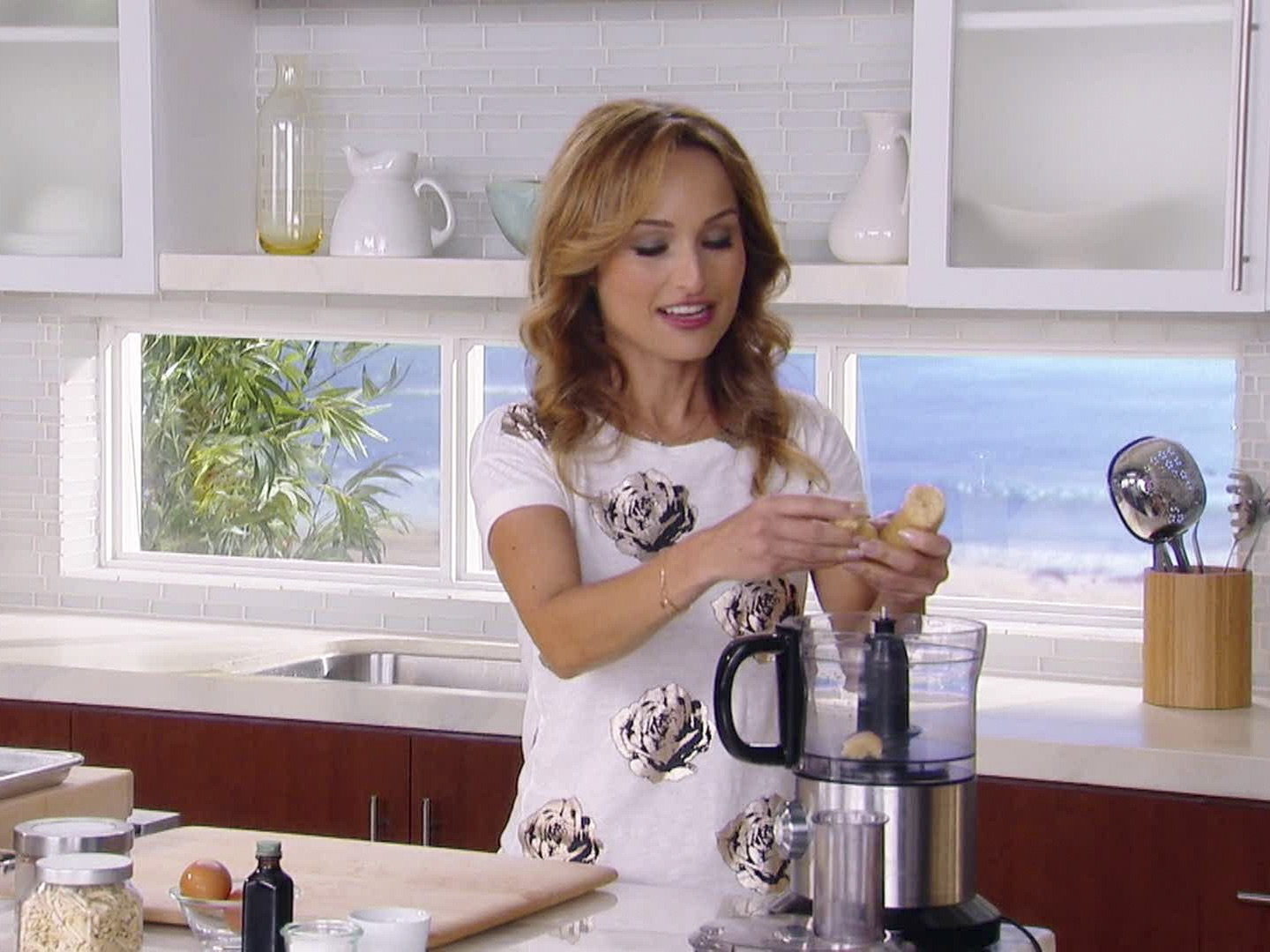
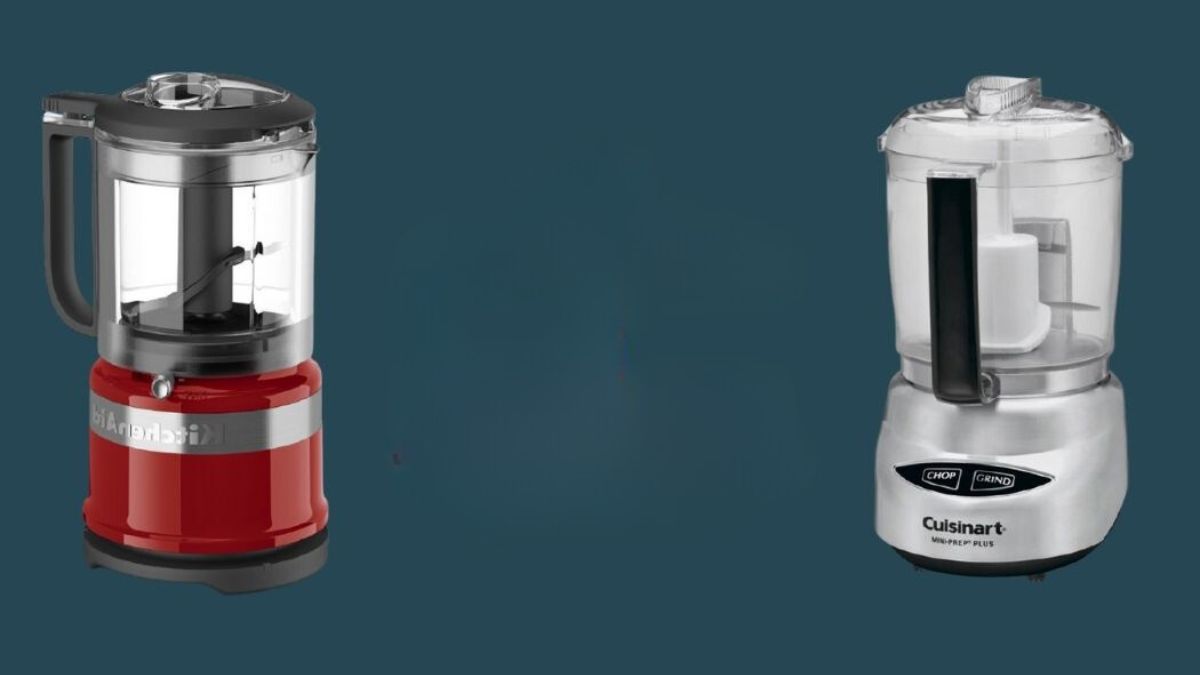
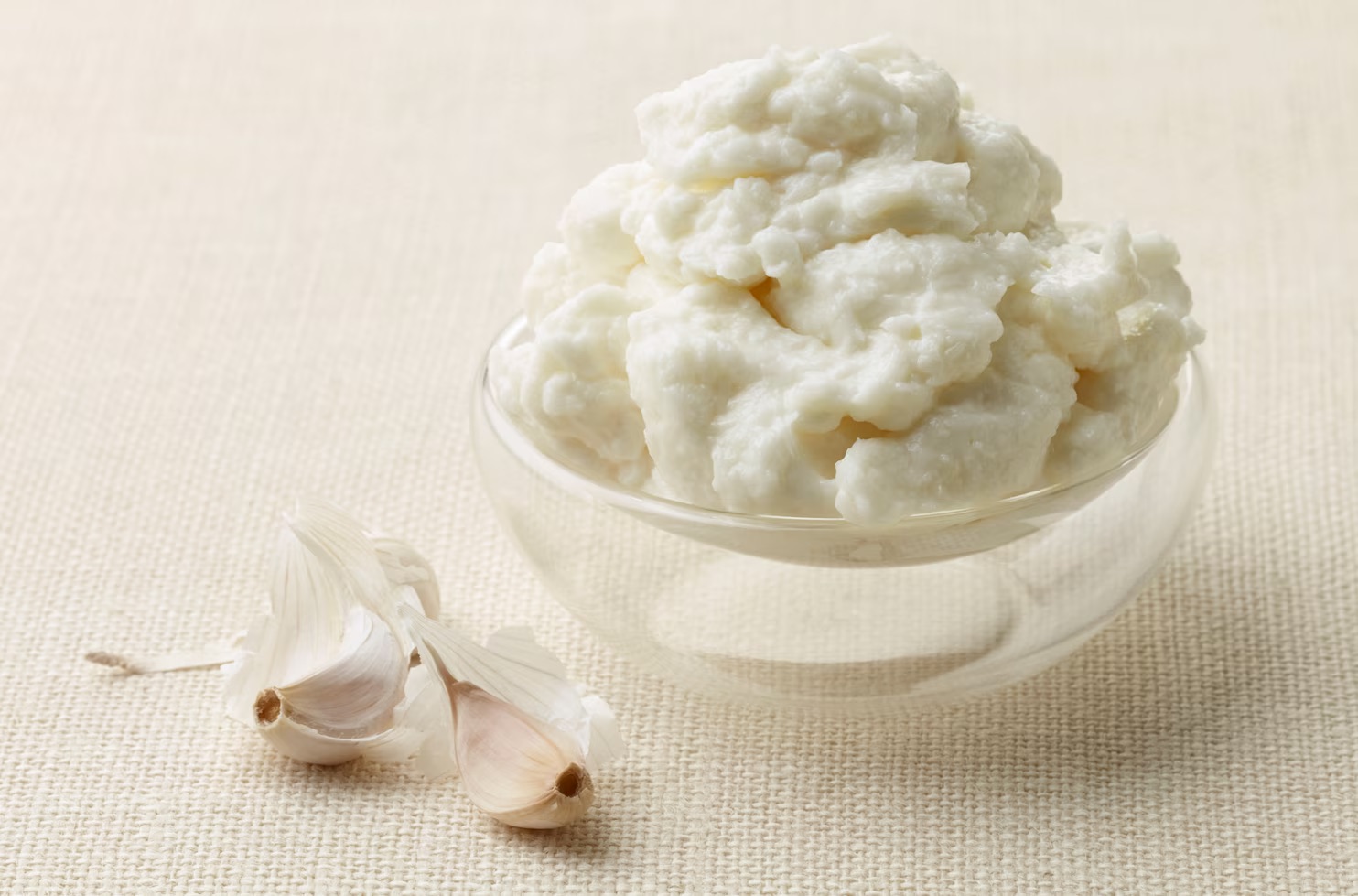
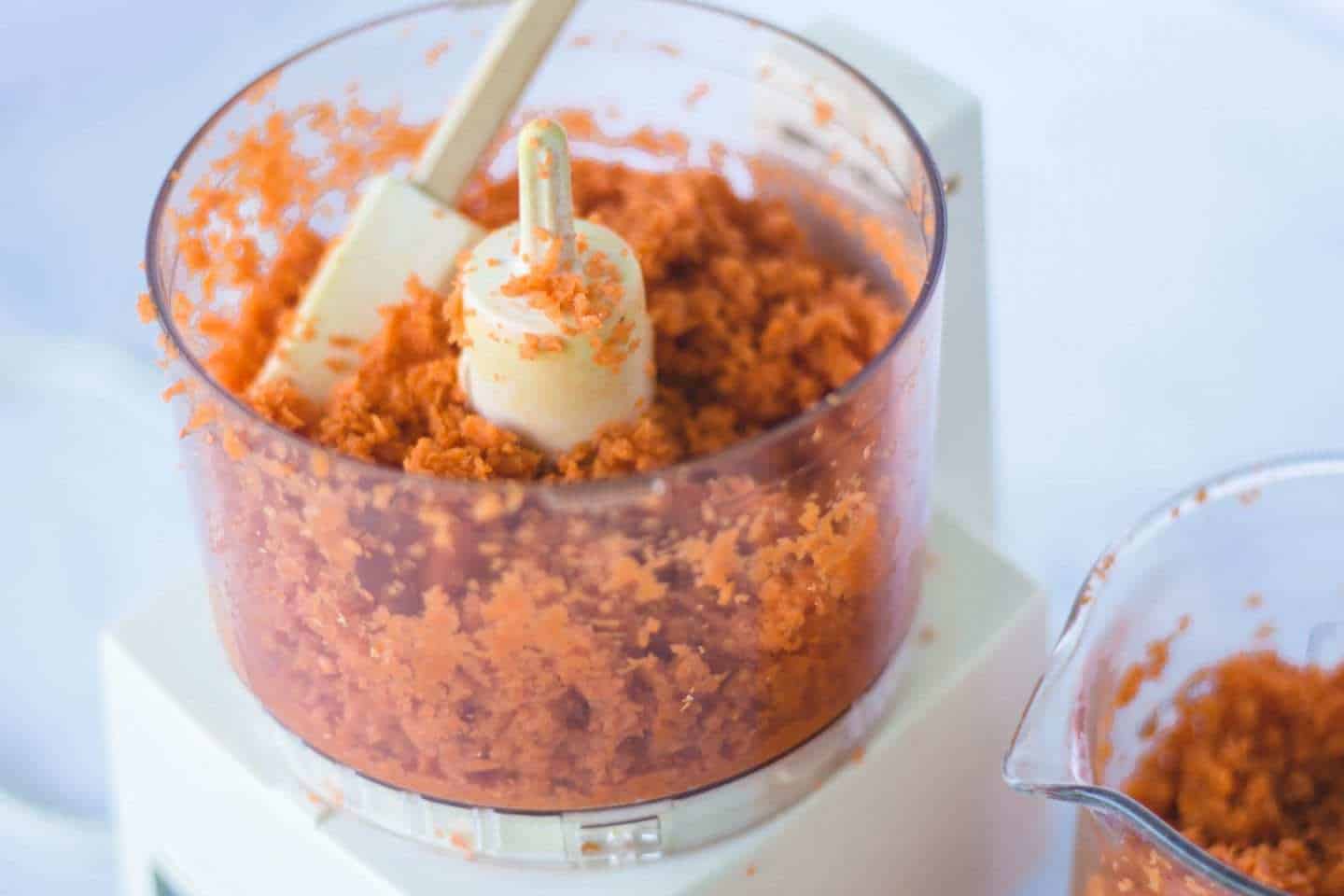
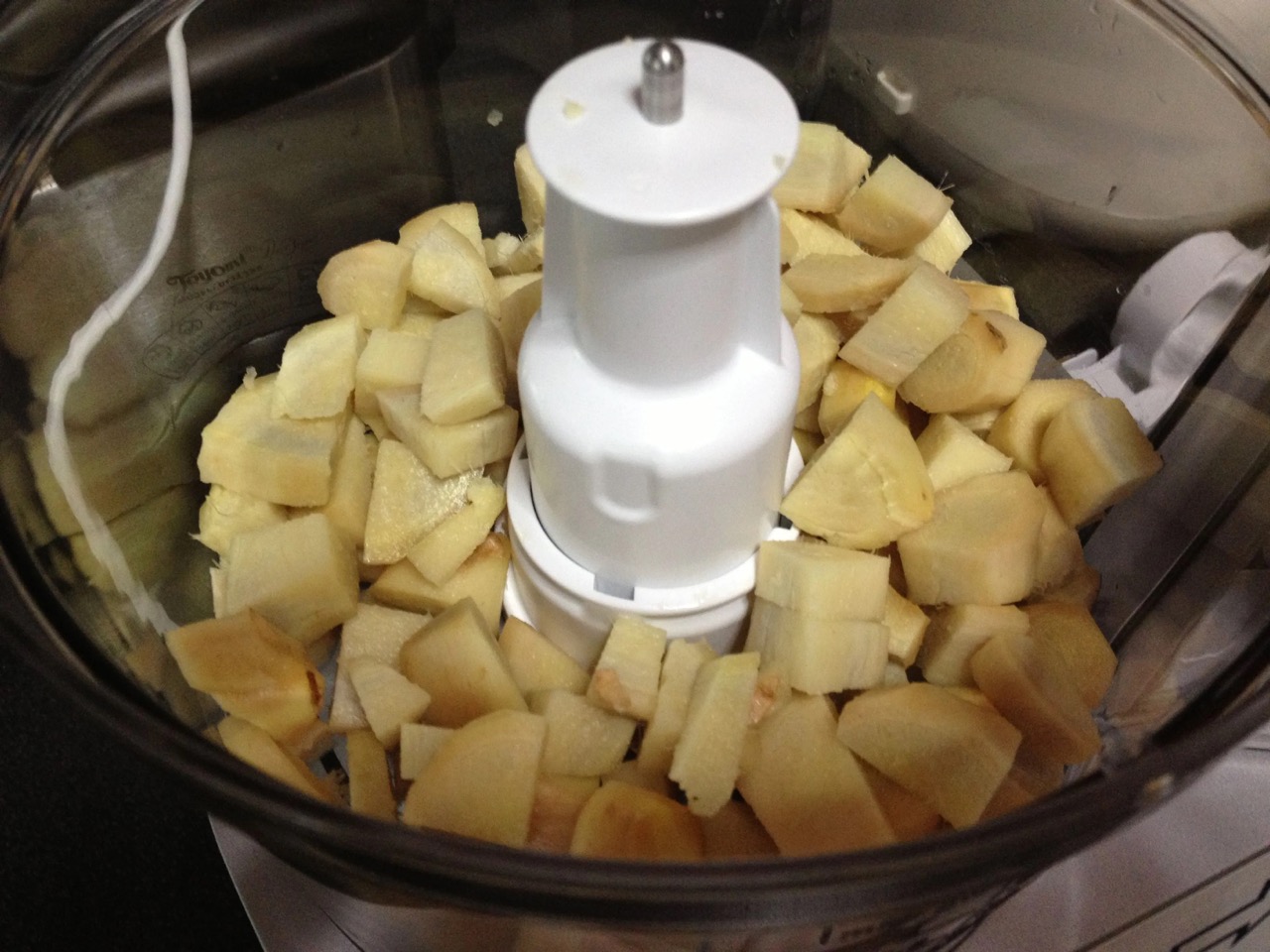
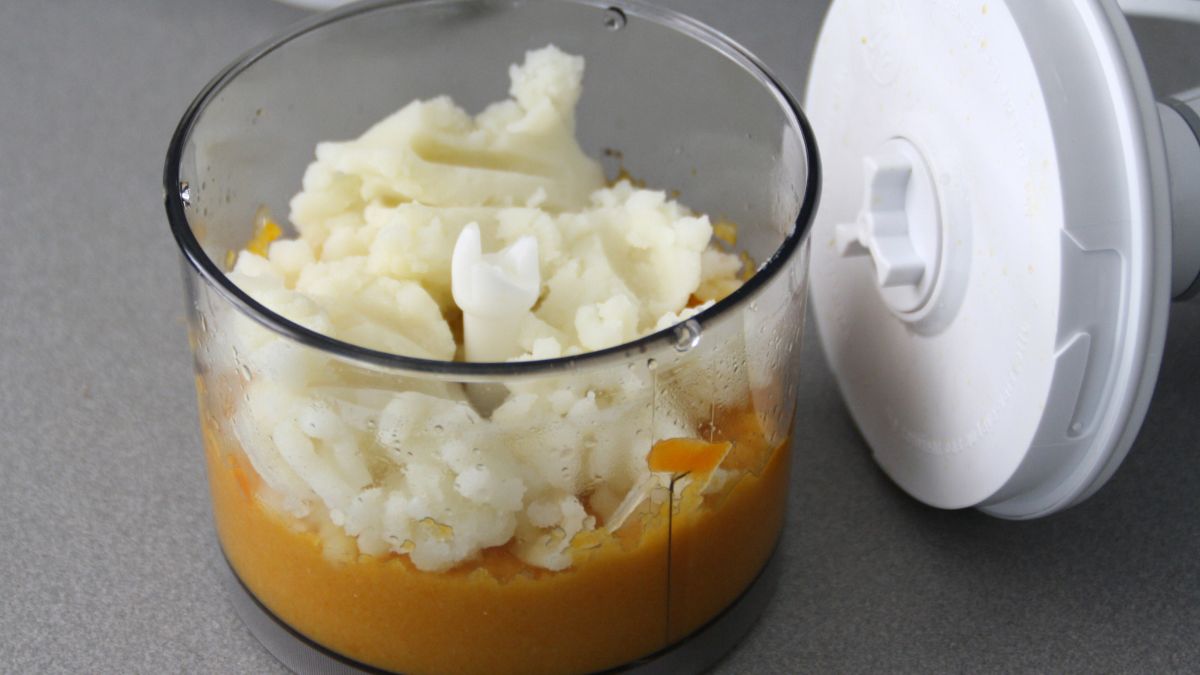
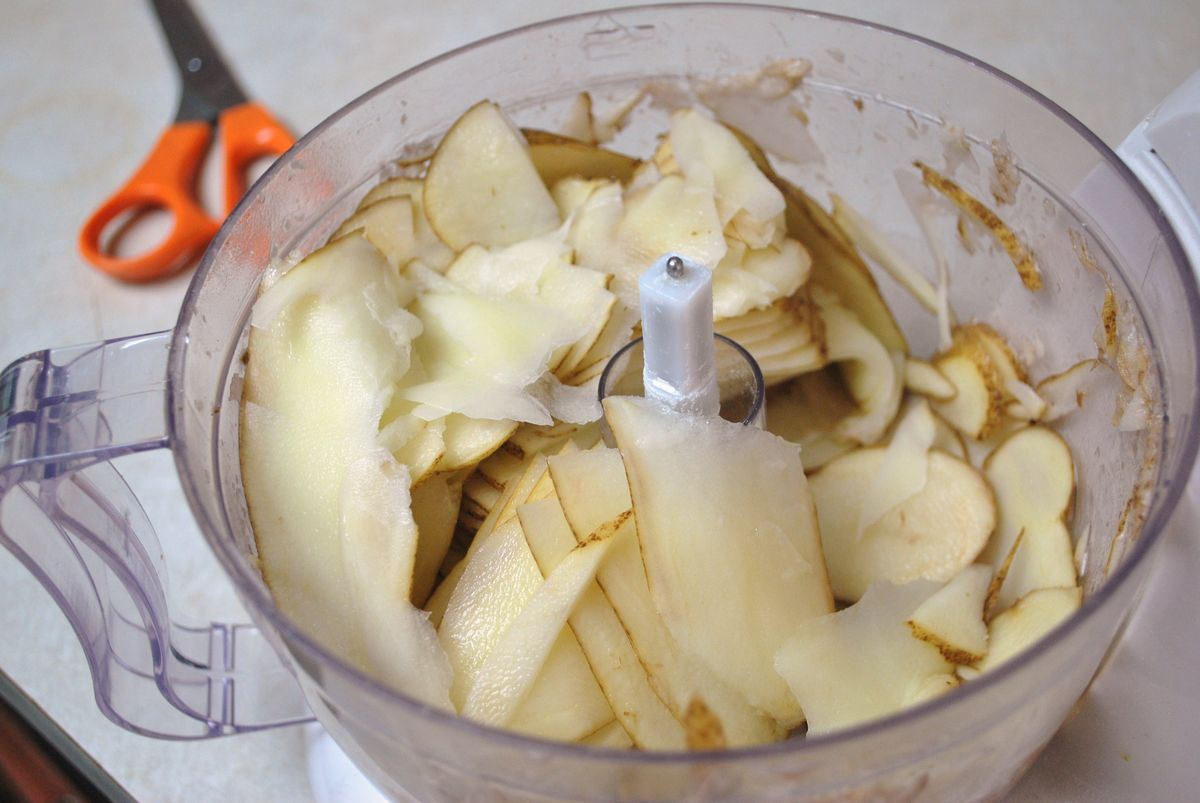
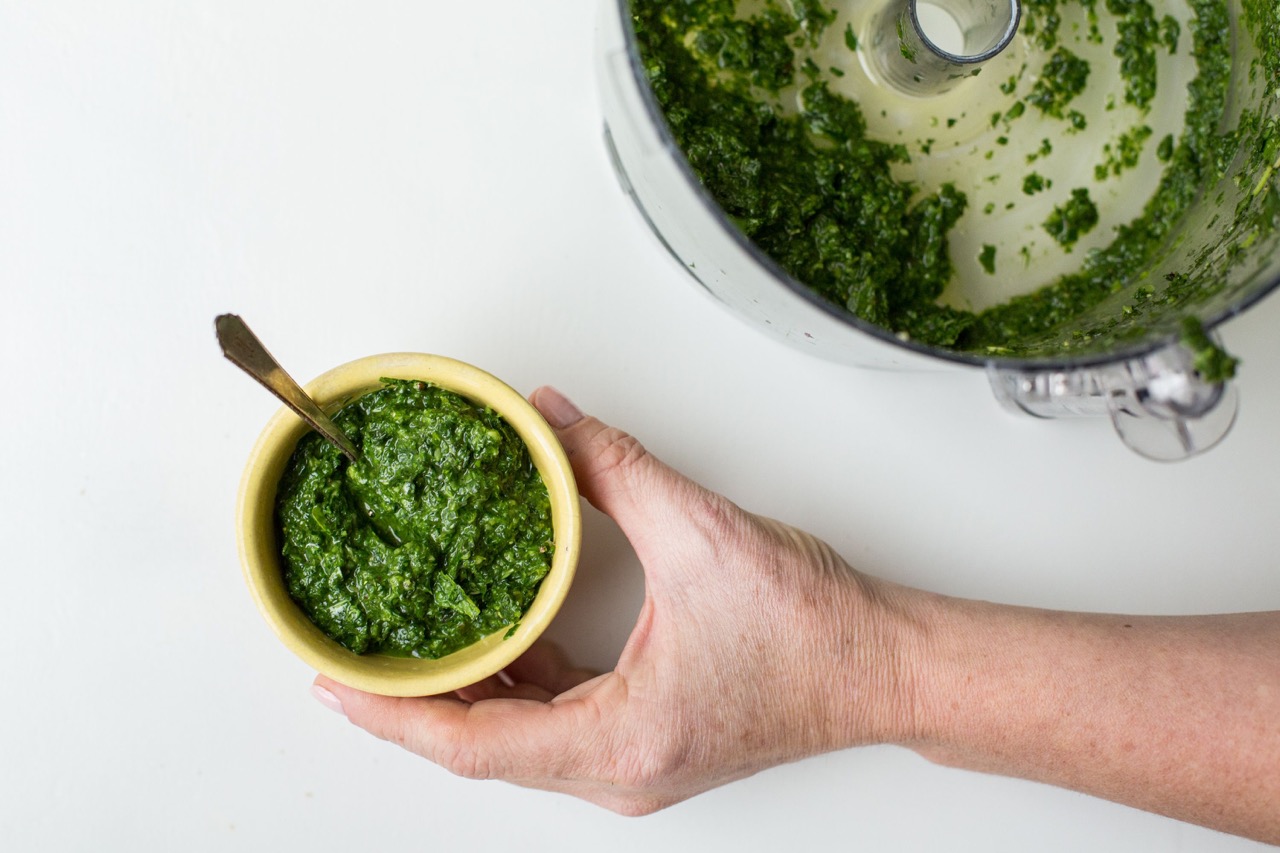


0 thoughts on “What Is A Food Processor?”